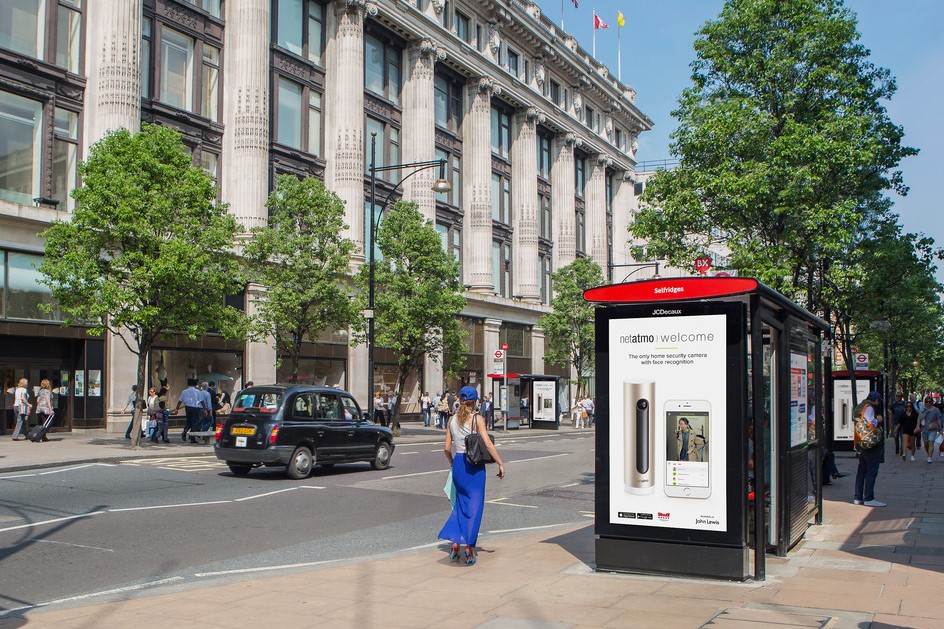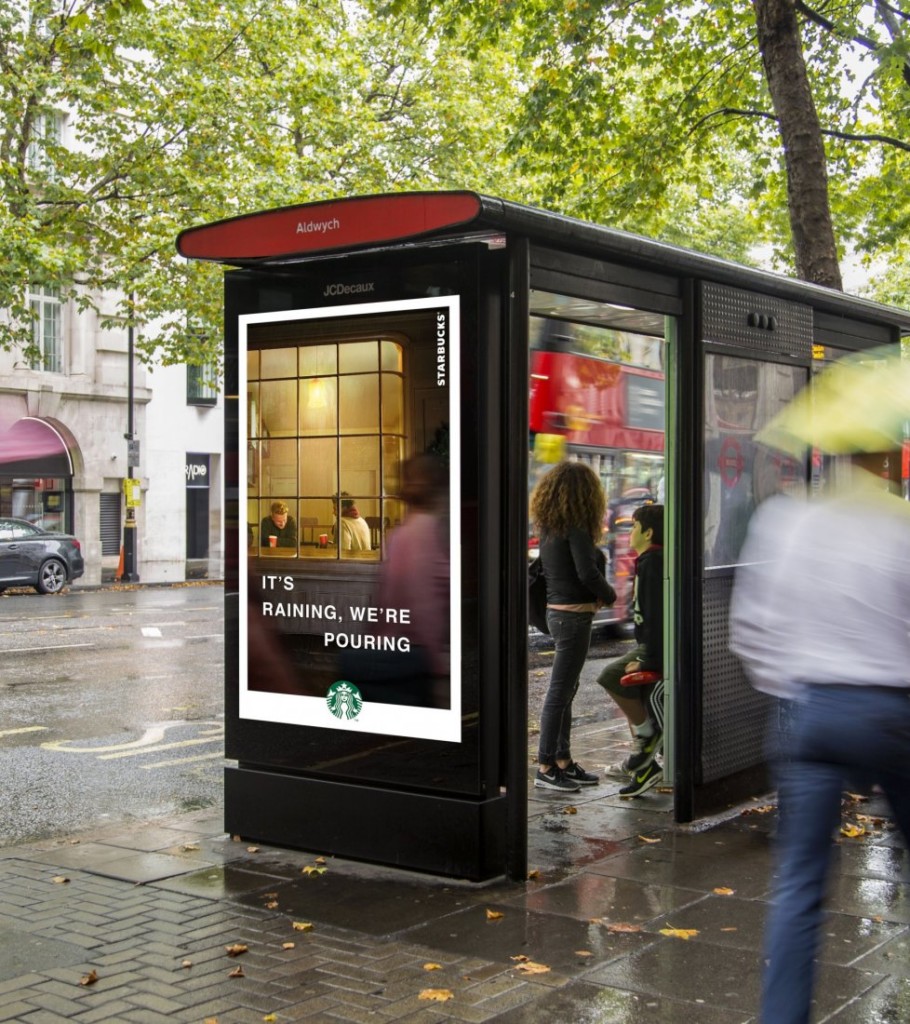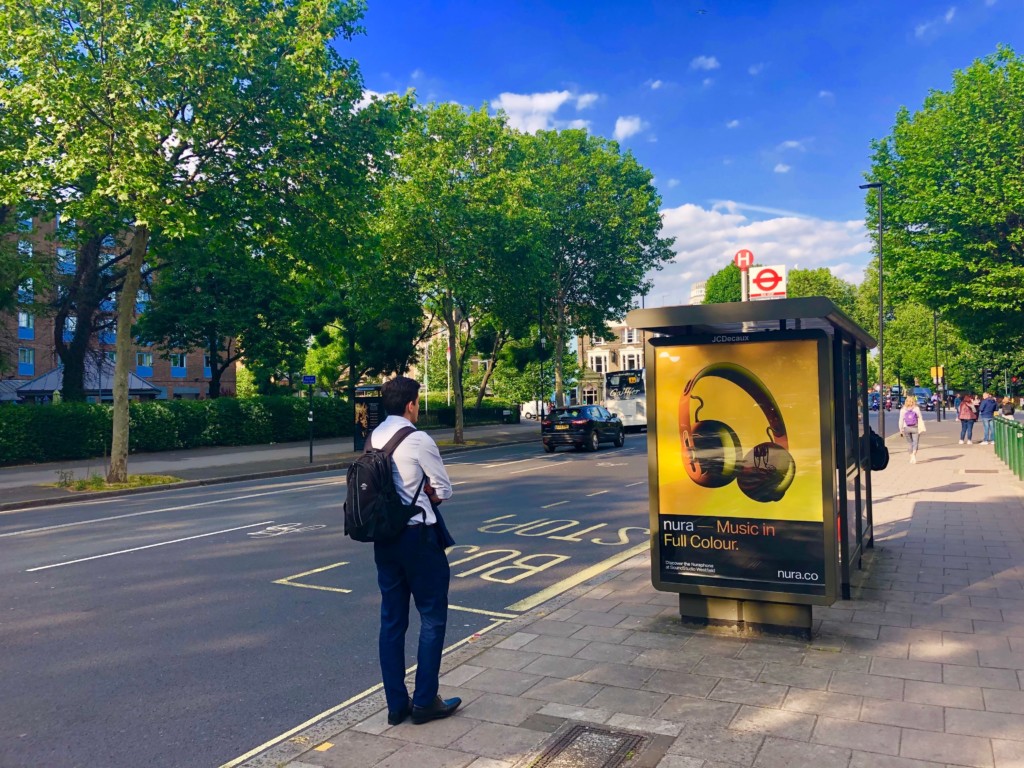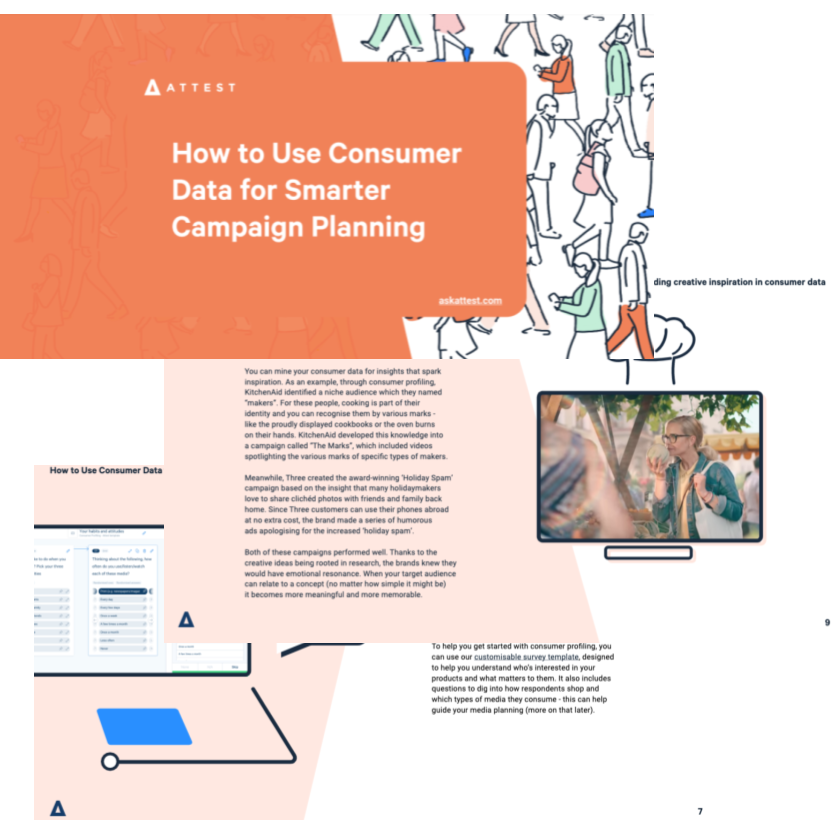JCDecaux talks creative impact & successful campaign planning

Campaign planning is all in a day’s work for OOH giant JCDecaux. We asked them how they use Attest to effectively plan integrated OOH campaigns.
Every day you pass by dozens of out of home (OOH) adverts. Whether they’re standalone billboards at the side of the road, bringing bus stops to life, or in airport terminals, OOH ads make us laugh, inspire us to try new products, and keep us entertained on otherwise boring journeys. Or at least that’s the goal…
One of the companies responsible for orchestrating these OOH ads – as well as an increasing number of digital ones – is JCDecaux. The OOH Media Owner:
- Takes briefs from brands and agencies
- Transforms them into campaigns
- And drives key performance metrics by connecting people with the products designed for them
Campaign planning is all in a day’s work for the marketing team at JCDecaux. If anyone’s an expert in it, it’s these people. To look under the hood of their process, we sat down with George Kelly – Insight Executive at JCDecaux – to talk all things digital, data and difficult decisions.
“I fall within the Research and Insight arm of the marketing team. Our job is two-fold:
- Firstly, responding to briefs. If an agency or brand comes to us wanting to target an audience, or with an objective they want to achieve with their media, we demonstrate how we can deliver their audience by site and channel selection. And we prove why investing in OOH media is a good thing for them.
- Investigative work into the OOH space itself, and what role it plays. We’re doing a lot of work at the moment into how matching OOH with mobile in one campaign makes each asset work harder and delivers greater results.”
Delivering successful campaigns is a science, just as much as it’s an art, and data is fundamental to the success of the final outcome. So much so that JCDecaux use many data sources to ground the advice they give to clients.
“The thing we all report back to is Route, that’s the “currency” for OOH across the industry. They use different data sources, including eye-tracking technology and TFL ticket counts to measure how many people are looking at an OOH screen. There’s a bit of demographic information in there, but it’s limited. We also use mobile data, including Location Sciences, which helps us measure where people have been. For instance, we can look at anyone who’s been to a cinema for at least an hour in a 3 month period, then we can look at where else their movements are. Then we can ascertain which sites are best for a cinema-going audience. We have Dunnhumby as well, and use their Tesco Clubcard data to track FMCG trends.”
And this list isn’t exhaustive, there are other data providers who help JCDecaux work out where their clients’ audiences are, and when. Tracking where key demographics are spending time is vital to placing adverts in locations where the messaging will resonate with viewers. One key location where demographics are spending more and more of their time is online.
“JCDecaux are trying to engage in the digital sphere now. The past few years have been all about upgrading the product and installing new products. We’re now at a stage where we have the product, and it’s about creative narratives and proof points to demonstrate that we are a player in the digital market.
“The stuff we’re doing with mobile is really interesting. If you think about brand adverts in Instagram stories, that aspect ratio on your phone is 16×9, which is exactly the same as a D6 (OOH electronic billboard) – so there’s no reason why adverts that are bought just for Instagram can’t also be rolled out to OOH. That’s a great opportunity for the whole industry to take advantage of”.
The best campaigns are the most cohesive, despite stretching across significantly different channels and sites.
“For us, a good campaign is one that’s invested in both digital and OOH. Not one where the campaign is designed around Facebook, and OOH is included as an after thought on the plan as well. A good OOH campaign includes an ad that’s been created especially for OOH, and engages with the digital capabilities of that medium. There could be a contextual message – it could be “Hey Waterloo station”, or “It’s raining, we’re pouring” (an advert for Starbucks). That’s really good from a creative point of view. One-to-one personalisation, on your mobile for instance, can be a bit creepy. But that’s where OOH has an advantage; it’s a public space, so it’s a bit less invasive.”

A good campaign is also well-researched. “For the campaign to do well for the client, you’ve got to plan where your audience is. This is where Attest adds a lot of value; in proving that certain sites, inventory or trends are something that the client can take advantage of using OOH.”
“We used Attest to plan the campaign for Australian headphone brand, Nura. They were launching in the UK, so came to us through our Nurture team (the Nurture team works with startups and smaller brands who don’t have agency representatives, giving them as much support as possible to get into OOH. JCDecaux then match any media investment made). We offered them some creative support on two advert executions they had.
“One advert had a product-focus, the other had a human focus (a real person enjoying music through her Nura headphones). We researched the difference in perceptions, ad recall, and brand recall. We found through Attest that the product-focused advert worked the best at driving interest, which runs contrary to what we would normally say because people often engage more with human faces – it’s a natural instinct. But because it was a new brand, people were more interested in what the product was. The human focus would work better one or two years down the line, once their name is more established.

“We gave these suggestions, they took them on board and went on to book a campaign with us using a version of the product-focused advert. Off the back of that, we also measured the success of the campaign, and they saw an uplift in online traffic to their website. That was a rewarding experience, to use Attest throughout the campaign process.”
The campaign planning process at JCDecaux doesn’t start when a client picks up the phone or sends an email, though. The team takes it upon themselves to be experts in the OOH arena, staying up to date and ahead of the curve on trends in the industry, so that when they do speak to clients they can act as trusted advisors.
“Prior to using Attest, it would cost us X-amount to commission a bespoke survey about a certain topic. There would be steps to go through; you’d send off a brief to a provider, they’d give you a price and then you’d ask, “Is it worth it?”. Finally, you’d push the button and then a week or so later you get the results, it’s a very clunky way of doing things.
In this system, justifying consumer research spend without a client to tie the cost to was difficult. As such, JCDecaux value the freedom of an always-on platform like Attest.
Getting Attest on board has empowered a lot of the team, they’re doing it themselves. Particularly for the assistants, it’s great for them to do something that isn’t just processing secondary data, it’s something that they have to give thought to. Plus, they’re learning a new skill in survey writing.”
The speed to insight is also a key reason why the team value Attest: “We can turn a project around in a couple of days, whereas before it would have been a two-week process. Our ability to just do stuff has increased, and our output as a result is better. This gives us a chance to do investigative work, and if we don’t see the project working in the long run, we can just scrap it. Someone can say “we’re working on promoting our mall offering this quarter”, and we can trial three approaches. If one of them works we go ahead with that. In the past we’d have to commission three pieces of research, and we’d pay for those surveys at whatever cost. Now, with our subscription, we can continuously test & learn.
“On the client-side, the fast response to clients is good because the ad industry moves so fast anyway, so getting answers back to them as quickly as possible is always going to be a benefit.”

For campaign teams that use data on a day-to-day basis, such as George’s team at JCDecaux, Attest can provide the missing puzzle piece that elevates your MarTech stack beyond choosing between slow primary data, and fast but irrelevant secondary sources. Giving fast insights, to the questions that matter most to your team, Attest fills the gaps in your consumer understanding – and that of your clients. Whether you’re answering client’s direct questions, or exploring upcoming trends and markets for future potential, fully bespoke surveys with expert support on hand means you can streamline the campaign planning process, and be sure ahead of time that your next campaign will be both cutting-edge and successful.
Whatever stage of the campaign planning process you’re involved in – uncovering the best concepts, finding where the ideal audiences are, or testing creatives – Attest can help. If George’s experience is anything to go by, we’ll help you spend far more time creating stuff that resonates…and far less time wondering why. Get in touch to bring consumer insights into your every day, just like JCDecaux.
How can you inject consumer data into your campaign planning and build campaigns that truly resonate? Grab your free copy of our guide to using consumer data for smarter campaign planning to find out:
Tell us what you think of this article by leaving a comment on LinkedIn.
Or share it on:

